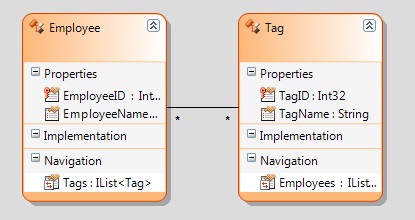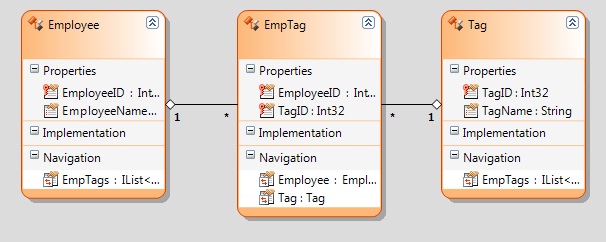This question is locked. New answers and comments are not allowed.
Currently I am having a Many to Many table constructed as ff:
Employee -> EmpTag <- Tag
is it possible to query the EmpTag provide I have a list of ID From Tags? The end result is to get all the Employee that have the Tag indicated in the List<int> tag.
I tried to access my DataContext and there was no table called EmpTag listed.
Thank you very much
Employee -> EmpTag <- Tag
is it possible to query the EmpTag provide I have a list of ID From Tags? The end result is to get all the Employee that have the Tag indicated in the List<int> tag.
I tried to access my DataContext and there was no table called EmpTag listed.
Thank you very much



